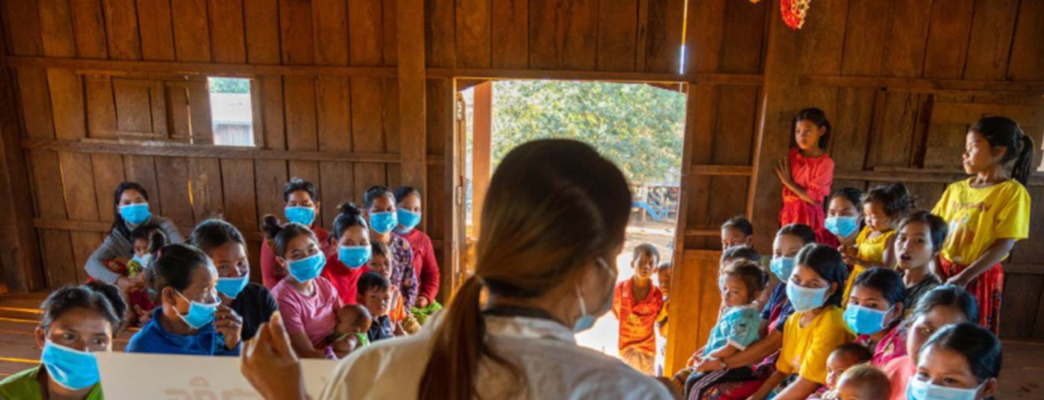COVID-19 has showed that although men appear more susceptible to the virus, women are disproportionally affected by its social and economic impacts, said Norad director Bård Vegar Solhjell when he opened the event.
The interactive meeting, titled Learning from COVID-19 to strengthen gender-responsive disaster risk reduction, gathered 250 people who contributed with opinions and experiences from across the world. The meeting was organized by UNDRR, and supported by Norway, Australia, Finland, UN Women, UNFPA, the Stockholm Environment Institute and the Huairou Commission.
Ib Petersen, UNFPA Deputy Executive Director, highlighted that many health facilities around the world have closed during the pandemic, interrupting contraceptives, and there have also been sharp increases in sexual violence.
Women’s voice
“We need women representation when plans are implemented, giving women a voice,” said Petersen. Pointing out the mobility challenges that came with the pandemic, he emphasized that such challenges have to be taken account already from the planning.
Ha Nguyen, Research Fellow from Stockholm Environment Institute, recently completed a review of national DRR strategies and action plans of 26 countries in Asia and the Pacific. She emphasized that women and children often are looked at as homogenous groups, forgetting intersectionality: “What are they vulnerable to? This needs more attention. We need to avoid tick box exercises, rather than enhancing participation.”
But COVID-19 has showed that women are no longer only victims, said grassroots community leader Josephine Castillo.
Drivers for change
“We have been drivers for change and drivers for resilience-building in communities,” she said.
This was supported by Dr. Linah Jebii Kilimo, Chief Administrative Secretary at Kenya’s State Department for Gender, Ministry of Public Service and Gender Affairs. Kilimo emphasized the equitable participation of women and the strong role taken by women in Kenya at different levels, from kitchen industries to local leadership roles in planning and implementation of DRR.
Participants emphasized that the government and private sector need to be inclusive, and include women in recovery plans.
Jeff Roach, Deputy Permanent Representative at the Australian Mission, pointed out that gender-responsive DRR requires an all-of-society approach, and investment in diverse partnerships. Men also need to buy in. “Men need to support their mothers, aunts, sisters. It is an inherent and fatal weakness of DRR if that does not happen,” he said.
New opportunities
The pandemic creates new opportunities, and a scope for building back better, said Ambassador Mørch Smith in her concluding remarks: “Without a gender perspective on our efforts, the Sendai targets will not be met.”
Risk governance is the most important when it comes to prevention, added UNDRR SRSG Mami Mizutori.
“We know where the barriers are. But they are biased, there are social norms. Now we really need to overcome these barriers,” she said. “If we cannot have gender equality we cannot achieve the SDG goals. That is why we support gender transformative measures. We need to involve men, address mobility, have more nuanced understanding of vulnerabilities, and include this in our plans. We need to support diverse leadership in disaster governance and strengthen women’s leadership at every level.”
